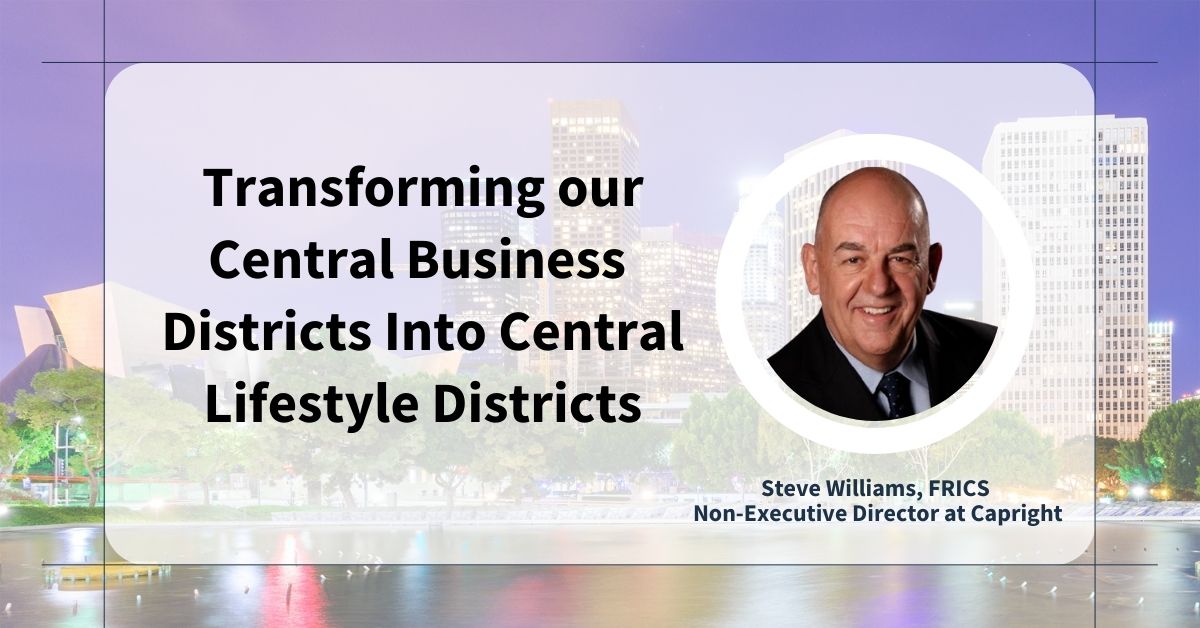The Vacant Office Effect
February 3, 2023
Transforming our Central Business Districts Into Central Lifestyle Districts
Written by Steve Williams FRICS, Capright Non-Executive Director
As Steve Williams wryly observes, the 2011 song, “Gone and Never Coming Back” (Melanie Fiona), may be oddly prophetic when applied to today’s downtown office worker.
2023 may be the year when cities confront the uncomfortable truth that remote office workers are staying home. Despite Washington DC’s mayor, Muriel Bowser’s January 4th plea “we need decisive action to get Federal workers back to the office”, the stable door has been unlocked for some time and the horses (office workers) have bolted.
In retrospect, the writing was already on the wall when COVID hit. Desk-top working was changing. Landlines were gone. For employees glued to their ear buds, even coffee machines and ping-pong tables had lost their allure. No wonder then that today, two years on, huge canyons of downtown office towers stand as silent sentinels to change. Even pre-COVID, the prestigious downtown office was surviving on image rather than usefulness.
For a moment, landlords hoped that new health protocols would increase spatial office requirements. But it was not to be. Office workers were gone for good. Today, with implied (leasing) vacancies lagging actual (physical) vacancies by some margin, we are only just beginning to measure the gap.
But all is not lost. Our resilient downtowns have too much to offer. Given light rail access, well-planned open spaces, and plentiful food & beverage options, our CBDs (central business districts) can house thriving residential communities while becoming attractive cultural and entertainment (C&E) destinations.
While the transformation will need vision and imagination, to fail will mean not only losing the opportunity to create vibrant CLDs (central lifestyle districts) but also allowing our aging CBDs to regress into socio-economic wastelands.


